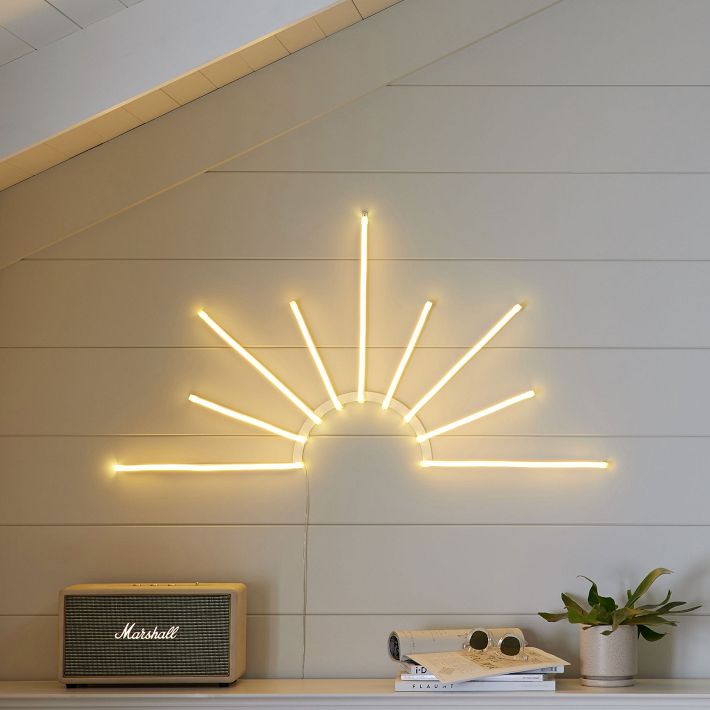Demystifying LED Panel Surface Brightness Metrics for Ideal Screen Performance
Demystifying LED Panel Surface Brightness Metrics for Ideal Screen Performance
Blog Article
Light Emitting Diode wall screens have become increasingly popular in various settings, including residences and commercial spaces and communal areas. These screens are known for their bright and dynamic displays, that make these ideal for communicating information, advertisements, and entertainment. However, understanding the illumination levels for LED panel screens is crucial for ensuring optimal visual efficacy. Illumination can be measured using metrics known as nits, that show the amount of light is emitted by a screen. A higher number of quantity of nits, the brighter the visual will be. For, example, one screen boasting 1,000 candelas stands considerably brighter than one featuring 500 nits, rendering this one better equipped in brightly lit settings.
When choosing a Light Emitting Diode panel screen, it is important to consider the environment where that the screen will be placed. For brightly lit areas, such as retail environments and outdoor settings, a higher brightness level is necessary to ensure visibility. Conversely, within darker environments, such as theaters or conference rooms, a lower brightness level might be adequate. This is because is because excessive luminosity within an dim setting may result in viewer discomfort among viewers, making it more difficult to focus on the display. Therefore, understanding the specific requirements of an installation location can help in choosing a suitable illumination rate to ensure optimal viewing experience.
Another important factor for take into account the contrast differential proportion in the Light Emitting Diode panel screen. This ratio measurement measures the difference between the brightest white and the darkest dark black that a screen is able to create. An greater differential ratio means that the display can show more detail and richness, thereby improves general image clarity. For instance, a screen boasting a contrast proportion at 10,000:1 will display visuals with more vivid colors as well as crisper features compared to one with a proportion of 1,000:1. Such becomes especially crucial when displaying images and motion graphics which require high definition and detail, such as look at more info presentations and advertising content.
Moreover, the technology technology that drives Light Emitting Diode wall panels plays an essential role in their illumination as well as total efficiency. Different types of Light Emitting Diode methods, including OLED and Liquid Crystal Display, possess unique traits that impact the way brightness is perceived. Organic Light Emitting Diode screens often offer better differential and darker blacks, which may improve a viewing experience in dim settings. Conversely, standard LED panels might prove to be better in bright environments due to the capacity to produce higher amounts of brightness. Comprehending such technological differences will guide users to deciding on knowledgeable choices according to specific specific needs.
Finally, consistent maintenance as well as adjustment for Light Emitting Diode wall panels may assist maintain optimal illumination as well as efficacy long-term. go to this site Dust as well as particles can build up in the surface, impacting the brightness as well as sharpness in a display. Periodic washing as well as professional calibration may guarantee that panel screen functions at its best, offering uniform image clarity. Moreover, some sophisticated Light Emitting Diode wall screens come with built-in options which allow operators to adjust illumination levels and hue settings based on their preferences. Through taking such steps, operators can guarantee the their Light Emitting Diode wall panels deliver the optimal display efficiency, regardless of the setting where which these are used.